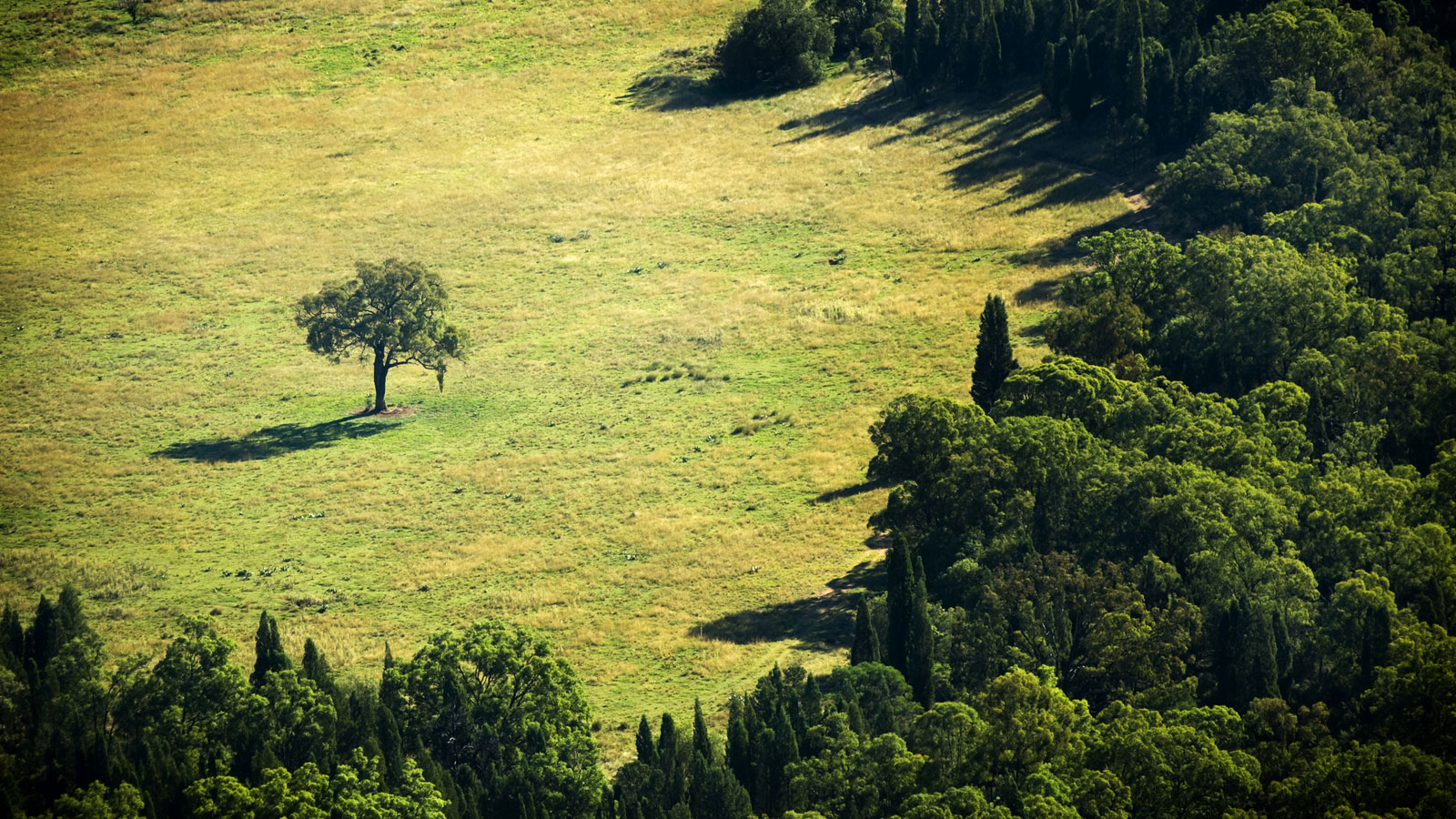Science magazine in the summer of 2019 printed a report suggesting that foresting 0.9 billion hectares (3.47 million square miles) of currently non-forested land would absorb carbon dioxide and combat global warming. The authors had not mentioned in that article that their intention was for this approach to be in addition to curbing the rate of fossil fuel combustion, not instead of it.
Big difference.
Soon afterward, President Trump and other Republican leaders started talking about planting “a trillion trees” to combat climate change … again with no mention whatsoever of curbing emissions.
Seeing this happen, Tom Crowther, one of the co-authors of the original Science paper, said: “If tree planting is just used as an excuse to avoid cutting greenhouse gas emissions or to further limit environmental protection, then it could be a real disaster.”
Let’s look at the numbers, which clearly show that planting enough trees to absorb all the CO2 expected to be emitted for the rest of this century without curbing emissions would require quite a bit more land than there is on the planet.
All land-based farming would have to cease; we would need to genetically engineer trees so they could grow on solid ice in Antarctica and Greenland, on pure sand in the Sahara Desert, and on roads and solid pavement in cities. All the people would have to move from land to giant sea colonies and switch to a diet of nothing but seafood.
If we were to fill in the Indian Ocean with soil, perhaps obtained by grinding up the Himalayas into powder, we could gain more than enough additional land to complete the task. What could go wrong? Any takers?
Memo to citizens: Demand elected officials ‘get real and do better’ on climate change.
Some Republican politicians say they are offering “climate solutions,” but most seem to see proposals for government to discourage fossil fuel combustion as a “third rail” they dare not go near. At the same time, many voters, including younger Republicans, really want to see constructive actions on addressing climate change. Thus, the goal of some politicians is to look like they’re doing something without really doing anything. Insulting the intelligence of the voters with baloney about “planting trees” seems to be the Republican climate strategy of choice in coming elections.
What’s really insidious about this idea is that “trees” are a lot like motherhood and apple pie – everybody loves them! They’re a crowd-pleaser as an antidote to climate change, particularly among people who haven’t really thought things through.
Citizens need to demand that elected officials get real and do better.
A few months after the original study came out in Science magazine, there was this “technical comment” in the same journal pointing out that the original study was riddled with overly optimistic assumptions and outright errors, and concluding “The claim that global tree restoration is our most effective climate change solution is simply incorrect scientifically and dangerously misleading.” The authors of that response also pointed out that the original paper had ignored the fact that foresting land that is currently snow-covered in winter would result in increased sunlight absorption with a warming effect.
Then, later, and again in Science, the original authors issued an “erratum” clarifying that they had never intended that tree planting be a substitute for emissions reduction, and that there was a lot of uncertainty in the figure they had given for the CO2 absorption of forested land.
Calculations: Again, let’s do the math
Let’s do the numbers on how much land it would take to absorb all human-caused CO2 emissions for the rest of this century in the absence of curbing emissions:
From the original paper, there are about 300 billion tons of carbon (carbon, not CO2) that have been emitted since we began burning fossil fuels. The later paper corrected this figure, saying that is only what is in the atmosphere, about 45% of the total, while 55% has been absorbed by land and oceans. So we have emitted 300 * (1.0 / 0.45) = 666 billion tons of carbon. 12 grams of carbon is 44 grams of CO2, so that’s 2,444 billion tons of CO2 already emitted since the mid-19th century.
If there were to be no effort to curb emissions, 10,500 billon tons of CO2 will be emitted between 1850 and 2100, according to the IPCC Sixth Assessment Report: Climate Change 2021: The Physical Science Basis: Summary for Policymakers, page 20.
So between now and 2100 we’ll emit 10.5 minus 2.4 = 8.1 trillion tons of CO2.
The original paper had estimated (with a lot of uncertainty) that 205 gigatons of carbon, or 751 gigatons of CO2, would be absorbed by 3.47 million square miles of newly-forested land. This notion assumes that the land the trees are planted on was not previously very productive, but absorbing so much CO2 would require planting a lot of trees on agricultural land that was already absorbing a lot CO2, so we need to cut that estimate of 751 gigatons by 1/3 to 500 gigatons absorbed per 3.47 million square miles planted.
Amount of land required: (8 trillion / 500 billion) * 3.47 million = 55.5 million square miles of new forest;
Land on the planet: 57.5 million square miles, 14 million of which is already forested;
Shortfall: 55.5 – (57.5 – 14) = 12 million square miles.
Size of land obtained by filling in the Indian Ocean with soil: 27 million square miles, more than enough. What could go wrong? Any takers? I expect not.
Bill Chapman, co-chair of Conservative Climate Activists, is a politically conservative registered Republican who views climate change as posing “dire” challenges.
Source link


